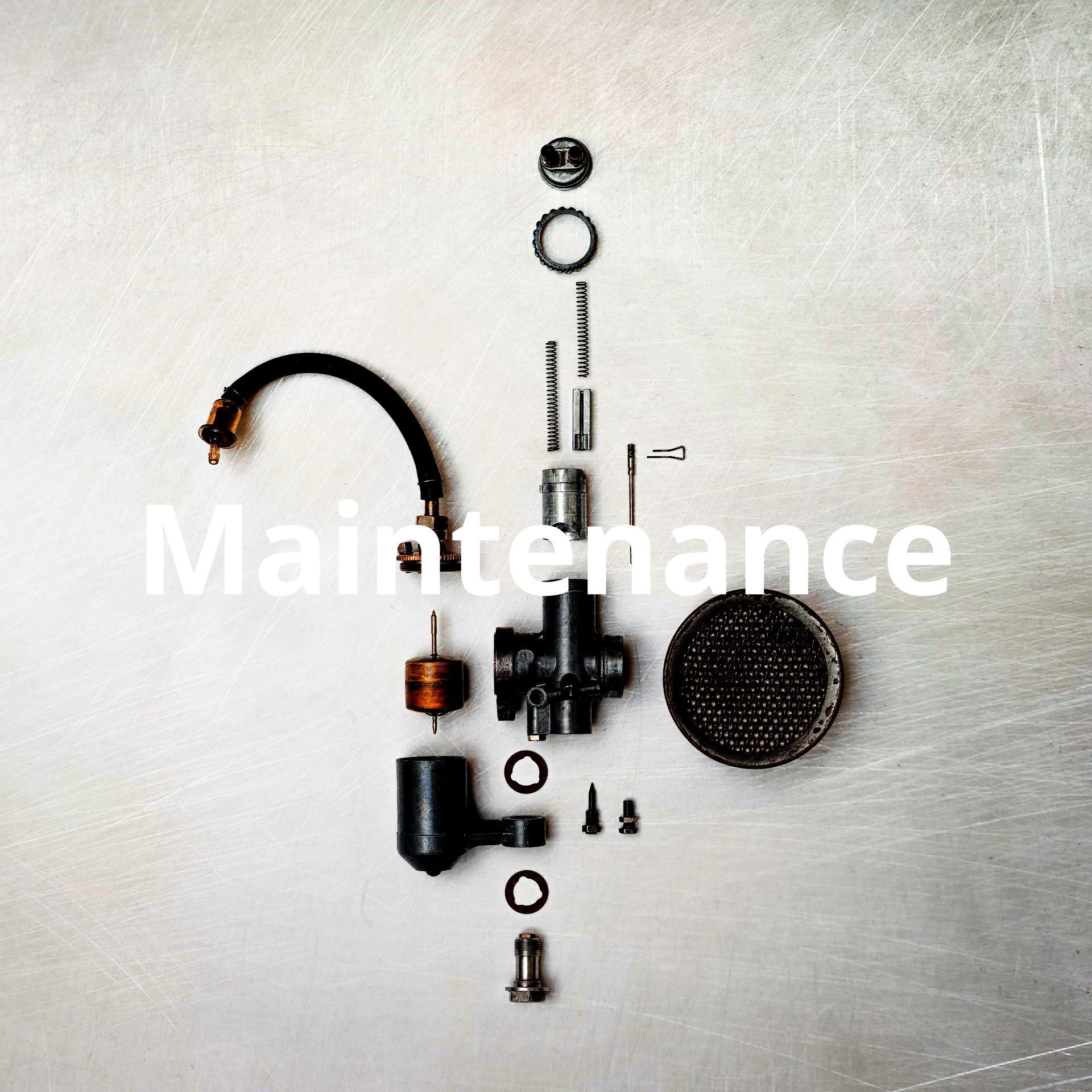Slow Draining Sink, Tub or Shower
Please submit a maintenance request for major blockages. However, if your sink or shower takes a long time to drain, try these tips first, before requesting visit from a plumber.
Step 1.
PREVENTION IS KEY!
Never put fat or oil down the drain as these clog up the pipes. Use a hair catcher in your shower or tub to prevent hair from going down the drain, and eventually causing a clog.
Step 2. Clear the Sink Drain
Clear old food and buildup from kitchen pipes with baking soda and vinegar (see video for instructions), flush pipes with boiling water.
In the bathroom, try pouring boiling water down the drain to clear away old hair and soap from the pipes. If that doesn't work, and you think the blockage may be the result of excess hair in the drain, you may want to attempt the following, rather than incur a charge for the plumber:
- Try using a plunger or flexible drain auger to clear the stoppage.
- Clear hair and old soap from the waste pipe and U bend by putting a bucket under the pipe, unscrewing it and removing the debris. Re-attach the pipe and pour boiling water down the drain.
Running Toilet
A running toilet is not only irritating, but can be a HUGE contributor your water bill. Check out these simple steps you can take to stop your toilet from running. If you continue to experience problems, please submit a maintenance request through the portal.
Step 1. Locate the Shutoff Valve
There is a water turnoff valve behind the toilet. If the toilet is running and may cause an overflow, then immediately turn this valve off to stop the water flow.
Step 2. Basic Troubleshooting Steps
Check out the video link below. If you're able to resolve the issue without addressing the flapper, congratulations- you just fixed your toilet! If it appears as though the flapper may need to be need to be replaced, let us know and we'll take it from there! Steps outlined in the video:
- Check the Overflow Tube Height
- Lower the Water Level in the Tank
- Inspect the Flush Valve Chain
- Check the Flapper
PLEASE NOTE: Plumbing issues caused by tenant misuse, such as excessive hair in the drain or an object jamming the disposal, will incur charges for the unit.

